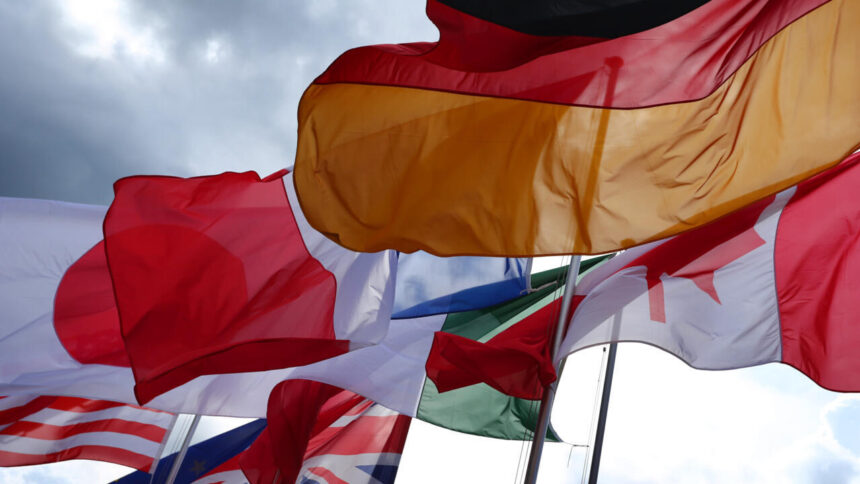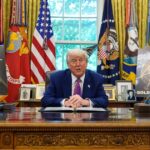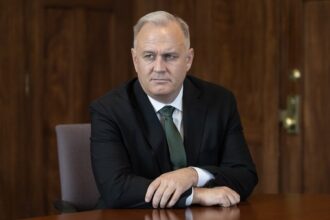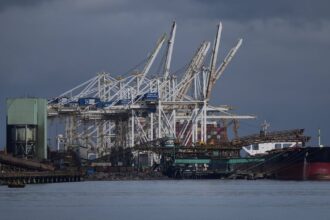In a tense gathering that underscored deepening global economic divisions, finance ministers from the G7 nations converged in Toronto this week with hopes of presenting a unified front on Ukraine funding—only to find themselves entangled in an increasingly complicated web of competing priorities and protectionist concerns.
The summit, hosted by Canadian Finance Minister Chrystia Freeland, was initially framed as a decisive moment for cementing long-term financial support for Ukraine. However, discussions quickly expanded to address mounting anxieties over international trade barriers and potential U.S. tariff hikes under the incoming Trump administration.
“We stand at a critical economic crossroads,” Freeland told reporters during the opening session. “Our commitment to Ukraine remains unwavering, but we must simultaneously address the legitimate concerns about fair trade and economic resilience that are reverberating across our nations.”
The most contentious issue emerged during closed-door sessions focused on the proposed $50 billion Ukraine aid package that would utilize frozen Russian assets. While European delegates pushed for immediate implementation, U.S. Treasury Secretary Janet Yellen expressed reservations about the legal mechanisms, suggesting that any solution must “withstand rigorous judicial scrutiny” to avoid setting problematic precedents in international finance.
Data presented by the International Monetary Fund during the summit revealed that Ukraine faces an estimated $486 billion reconstruction cost, with current funding commitments covering less than 20% of immediate needs. This financing gap has grown by 12% over the past eight months as infrastructure destruction continues.
Japanese Finance Minister Shunichi Suzuki raised additional concerns about potential economic repercussions, noting that “any collective action must consider secondary market impacts and the precedent it sets for sovereign asset treatment globally.”
The summit’s second day pivoted dramatically to trade discussions after leaked briefing documents indicated that several G7 members were developing contingency plans for potential U.S. tariff increases. German Finance Minister Christian Lindner didn’t mince words, warning that “reciprocal tariff escalation would reduce global GDP by an estimated 1.8% over three years,” citing recent Bundesbank analysis.
Britain’s Chancellor Rachel Reeves proposed what she termed a “balanced approach” that would pair Ukraine support with investment in domestic manufacturing capabilities across G7 nations—a suggestion that received mixed reactions from delegates concerned about disguised protectionism.
Canadian officials had hoped the Toronto setting would facilitate consensus, but Bank of Canada Governor Tiff Macklem acknowledged the challenges candidly: “When economic nationalism rises, traditional alliances face unprecedented strain. Our discussions reflect the difficulty of balancing sovereign interests with collective responsibility.”
Despite the tensions, the ministers did reach preliminary agreement on enhanced coordination of technical assistance for Ukraine’s financial institutions and critical infrastructure protection, committing $3.2 billion in immediate stabilization funding.
The summit’s final communiqué, still under negotiation as ministers headed into their final day of talks, is expected to include carefully worded language on “exploring all available legal avenues” for Russian asset utilization rather than the firm commitment Ukrainian officials had hoped to secure.
As global markets watch closely for signals from this gathering, the fundamental question emerges with greater urgency than ever: Can the world’s leading democracies maintain economic cooperation in an era of rising nationalism, or are we witnessing the fragmentation of the international economic order that has underpinned global prosperity for decades?










